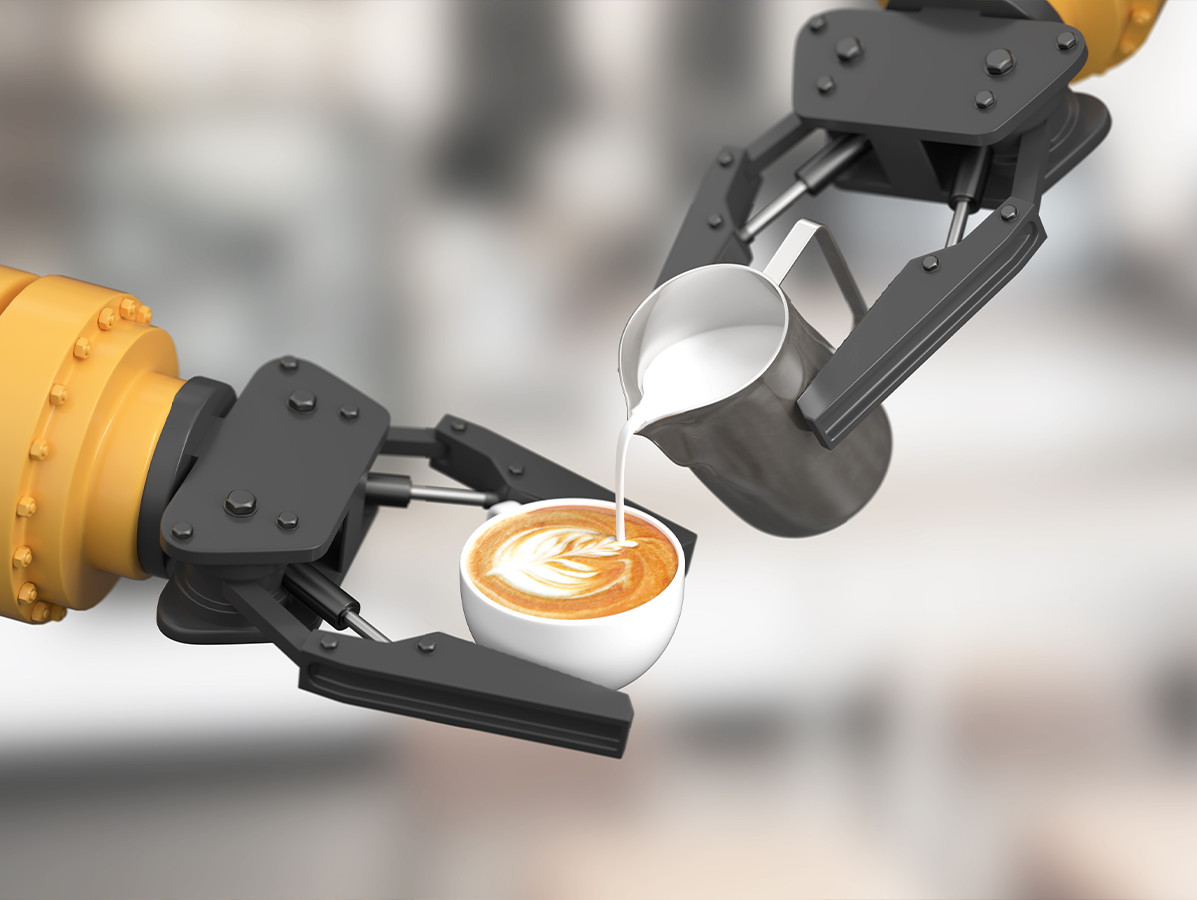
Three years after ING conducted a broad investigation into 'the helping hand of robots to the food industry', what is the state of robotisation in the Dutch food industry and in Europe? ING did research again. What this additional update on robotisation shows is that corona has stirred up the discussion on the application of robotisation and automation.
The considerations for making such an investment decision are diverse but can reinforce each other. One consideration is competitiveness, where one can think of rising labour costs, the current labour shortage and labour productivity. The other consideration mainly focuses on food safety and quality, with further automation and robotisation ensuring quality overall. The third argument for taking that step is about being an attractive employer. Many tasks on the work floor take place under 'cold' or 'hot' conditions. Robots can literally lend a helping hand to optimise well-being and safety.
In the analysis, a comparison is also made with the United States. What can be seen is that there the robot density per 10,000 employees is 89, compared to 75 in Europe. But within Europe, large differences can be seen.
In Europe, the Netherlands, with a density of 257, occupies the leading position, whereas three years ago it was still in third place. The study contains other explanations for this rise, such as the level of labour costs, but also the export focus of your activities. In this respect, you have to be just a little bit better in quality and price than your foreign competitors.
Read the full study 'Robots extend reach in the food industry'
Image: © Es sarawuth/Shutterstock.com
Source: ING